Date: 06 Apr 2021
Feeding is one of the first skills through which we can encourage the child's independence which would lead to more self confident and happiness! Enabling the child to feed independently from early on will lay the foundation of healthy eating habits. When a child has a choice of how much and what to eat, he learns to trust his own feelings of hunger and is less likely to overeat. Independent feeding helps also develop fine motor skills and eye-hand coordination, as well as to get to know food in its natural form, and to get used to different textures and colors. All of the above also reduces the chance of becoming a picky eater and would be more willing to try new food, especially fruits and vegetables.
When to start?
The right "window" for starting independent eating is between 6 and 9 months of age, but if you've missed it, don't worry. Below you can read practical ideas for both babies and slightly older children.
As for babies, you can choose between two approaches:
 If you follow the principles of conventional feeding with special baby foods, the first self-feeding foods should be offered at the age of 7 or 8 months and after at least 4 weeks have passed since the start with purees and porridges;
If you follow the principles of conventional feeding with special baby foods, the first self-feeding foods should be offered at the age of 7 or 8 months and after at least 4 weeks have passed since the start with purees and porridges;
 If you choose to follow the baby-led weaning approach, the baby can feed on its own from the beginning.
If you choose to follow the baby-led weaning approach, the baby can feed on its own from the beginning.
In both cases, it is imperative that the child be able to sit steadily and be able to keep his head upright so that eating is safe and comfortable for him.
What food to offer to the little ones.
For children under age 1 it is good to start with finger foods - foods that are comfortable to hold with your hand. They can be cut into convenient small pieces and suitable foods are fruits and vegetables, small pancakes and meatballs - the important thing is that the child can easily grab the food and put it to his mouth. By about 8-9 months of age, children can grasp objects with their whole palm by closing a fist around them - so match the size of the pieces to the size of the handle - usually about 5 cm in length is ideal.
The food offered should be tailored to the child's age and eating skills - hard and crunchy foods (such as cucumbers, raw carrots and apples) as well as round ones (eg blueberries, grapes, peas) are not suitable for the beginning, while the child is still still learning how to bite and swallow undigested food as they carry a risk of choking. Whether you choose baby-led weaning and start from the beginning of the feeding or so far the child has eaten only finely ground puree, it is best to start with easy to chew food, such as banana, ripe avocado, cheese or cooked pasta (Fusilli are super easy to catch!).
If your child finds it difficult to grasp the pieces of food, here are two easy tricks: you can leave some of the peel (works perfectly for bananas!) Or use a corrugated knife for slicing - so the food will stay easier in the little hands. Once the child develops a tweezers grip and manages to grasp smaller objects with his thumb and forefinger, you can also offer food in the form of small cubes - not only will you diversify the menu, but you will also stimulate the child to practice his new skill!
How to minimize the mess.
It happens that babies play with food and throw pieces on the ground - usually when the child is not actually hungry or his need to play at this time is stronger than hunger. Accept these incidents as a normal part of the process, but don't let eating become an unpleasant experience for you. Most parents are OK with some of the food to be accidentally dropped on the floor, but they wouldn't accept food being wasted on purpose and the area around the child being needs a thorough cleaning after each meal. This is a good time to start imposing boundaries in communicating with the child - introduce your own rules and make sure they are followed. You can always gently and calmly, but firmly remove the child from the table, if you see that he has no appetite at the moment and out of boredom is playing with the offered food. Over time, even young children will learn to follow the rules. Still, soiling is inevitable - choose a bib that will protect clothes, wash easily and is comfortable for the child. To avoid the child knocking his bowl to the ground out of excitement (or just out of a desire to experiment with gravity), choose baby dishes that can be attached to the table surface - you will save yourself trouble.
Utensils
For children over 1 year you can offer food that is eaten with utensils, starting with a fork, convenient to hold. The spoon usually requires more time to master, but each child develops differently, so try what will work for yours. Some children are interested in utensils at an earlier age - you can always help the child in the first steps by scooping with a spoon and serving it full of food. If he is already used to eating with his hands, he will most likely be able to hit his mouth after several attempts.
Whatever stage you are in at the moment, remember that personal example is important - eat together, let the child see how you eat with pleasure and have the opportunity to learn through observation and imitation. Let the child judge when he is full and watch his signals - while older children can clearly express their wishes in words or signs, in babies the signal may be to stop active feeding and squeezing, throwing or other play with food. If you want your child to gain independence in eating, avoid tricks such as using table appliances and arrangements to make him eat more. By releasing control, we avoid the danger that the time spent together around the table will be accompanied by tension and negative emotions, and for us as parents it remains a pleasure to watch how the child learns and improves.
No comments yet


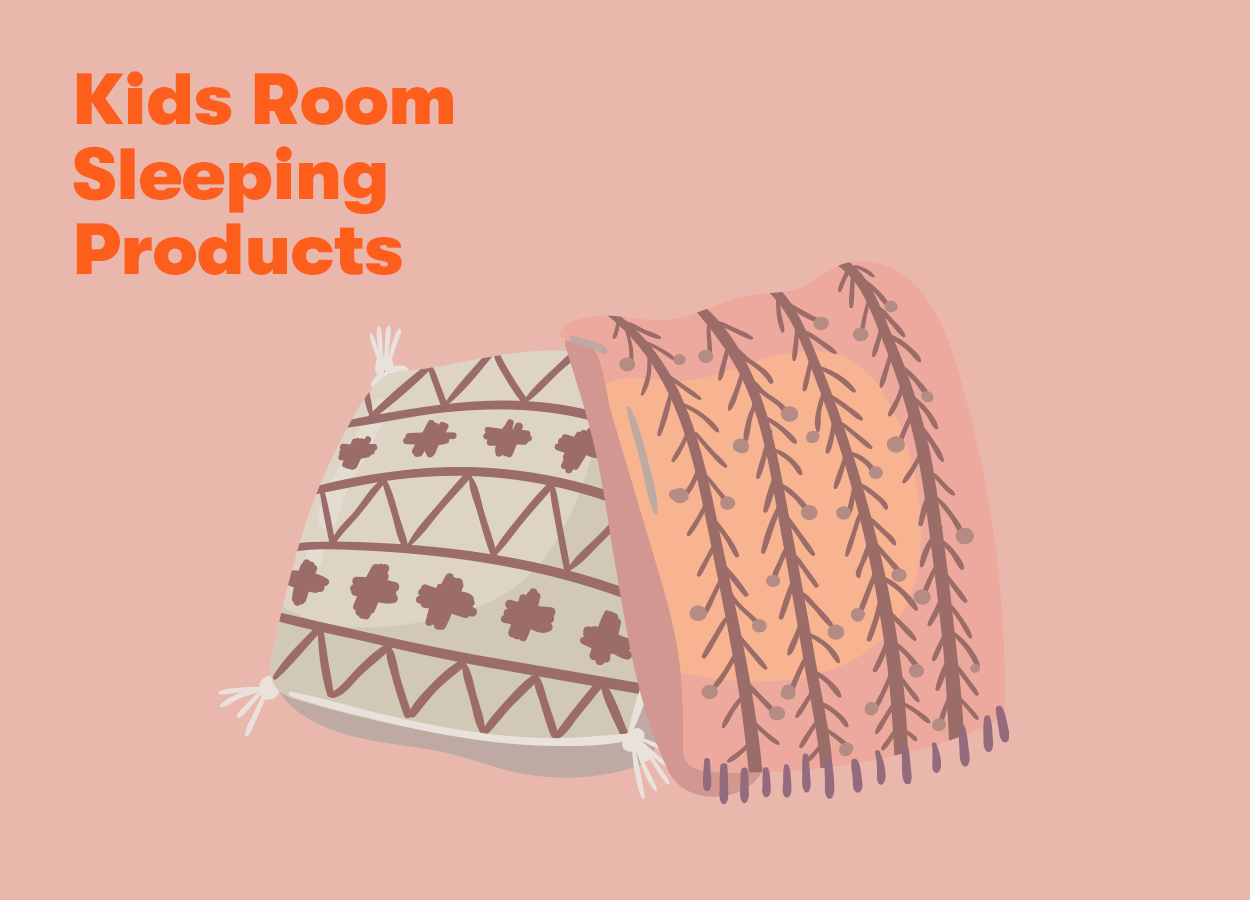
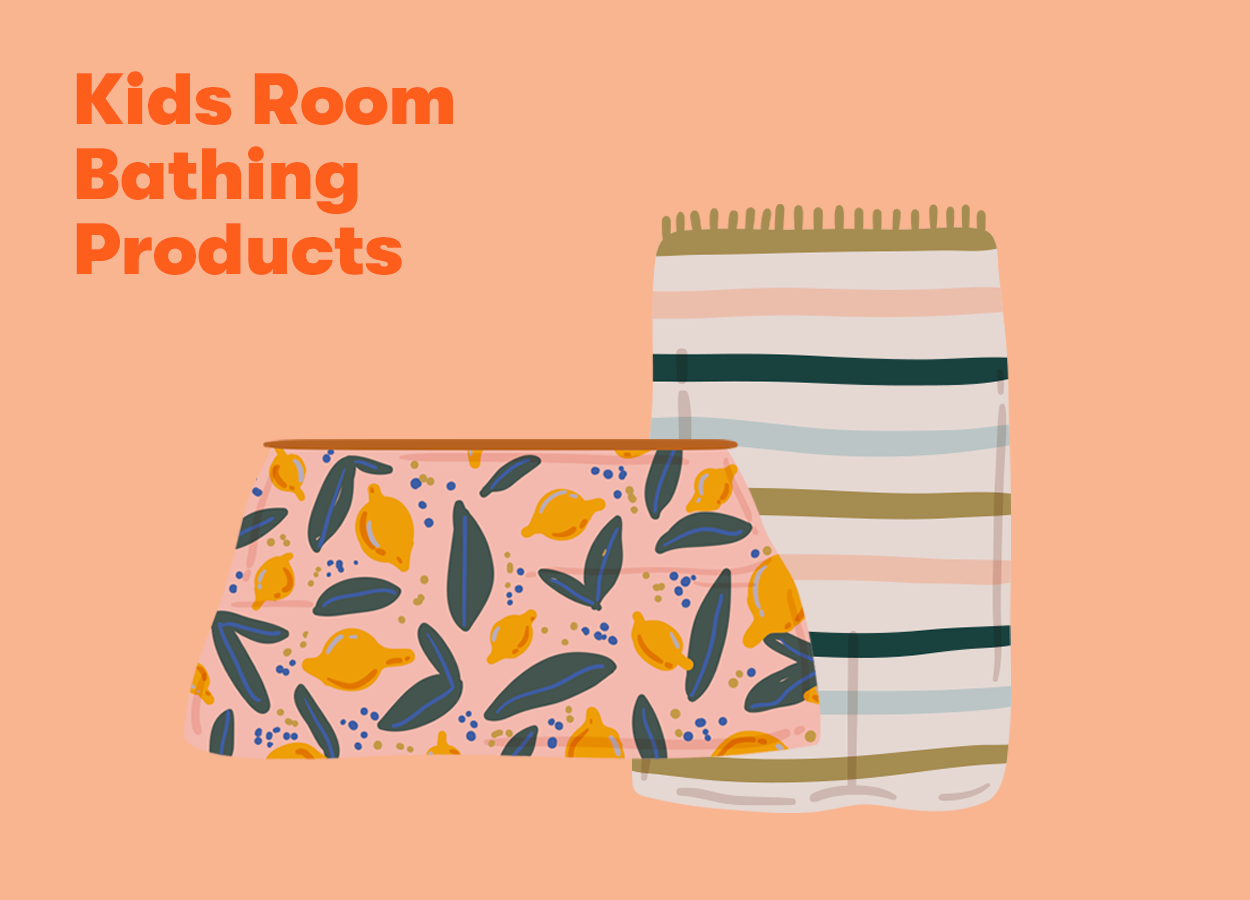
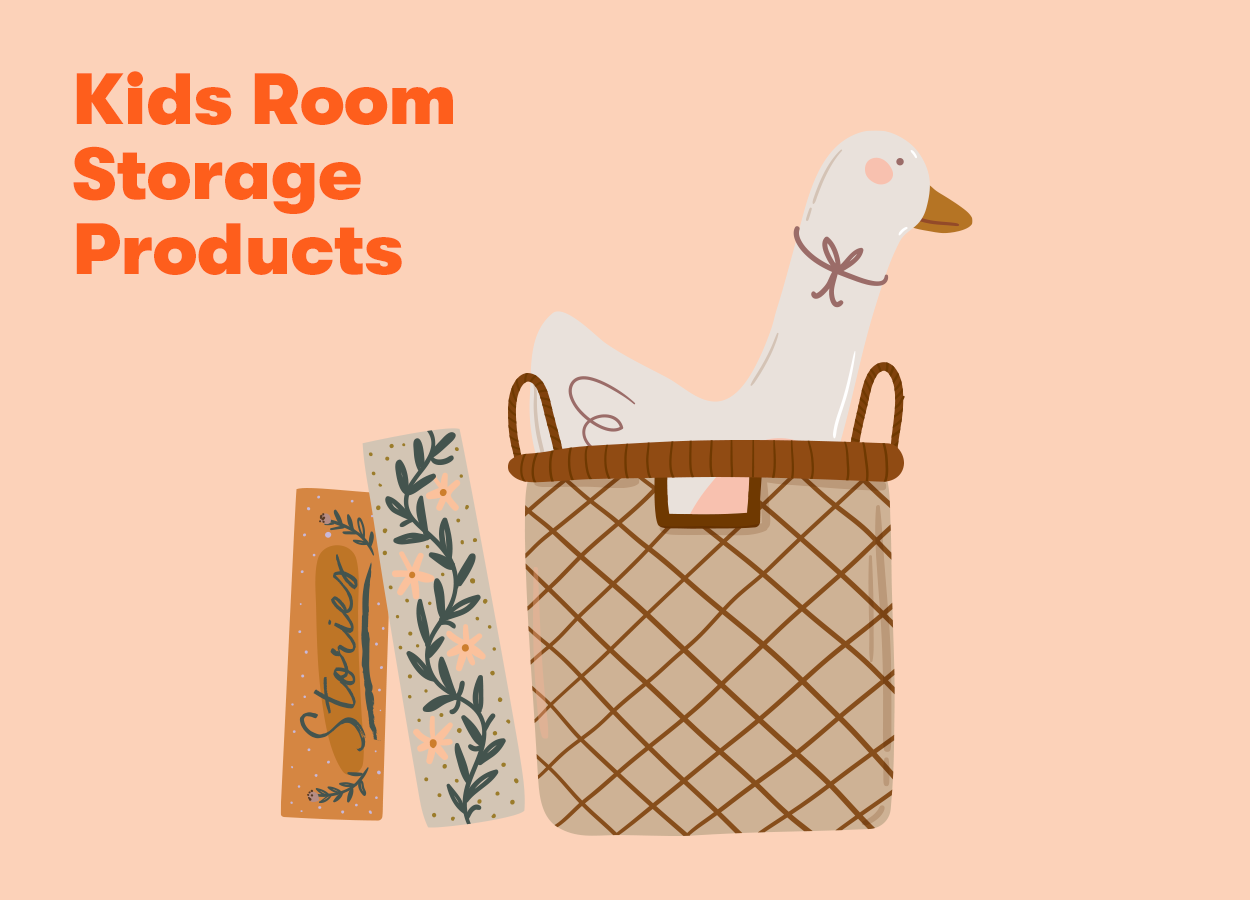

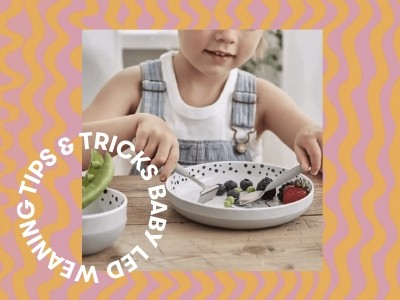
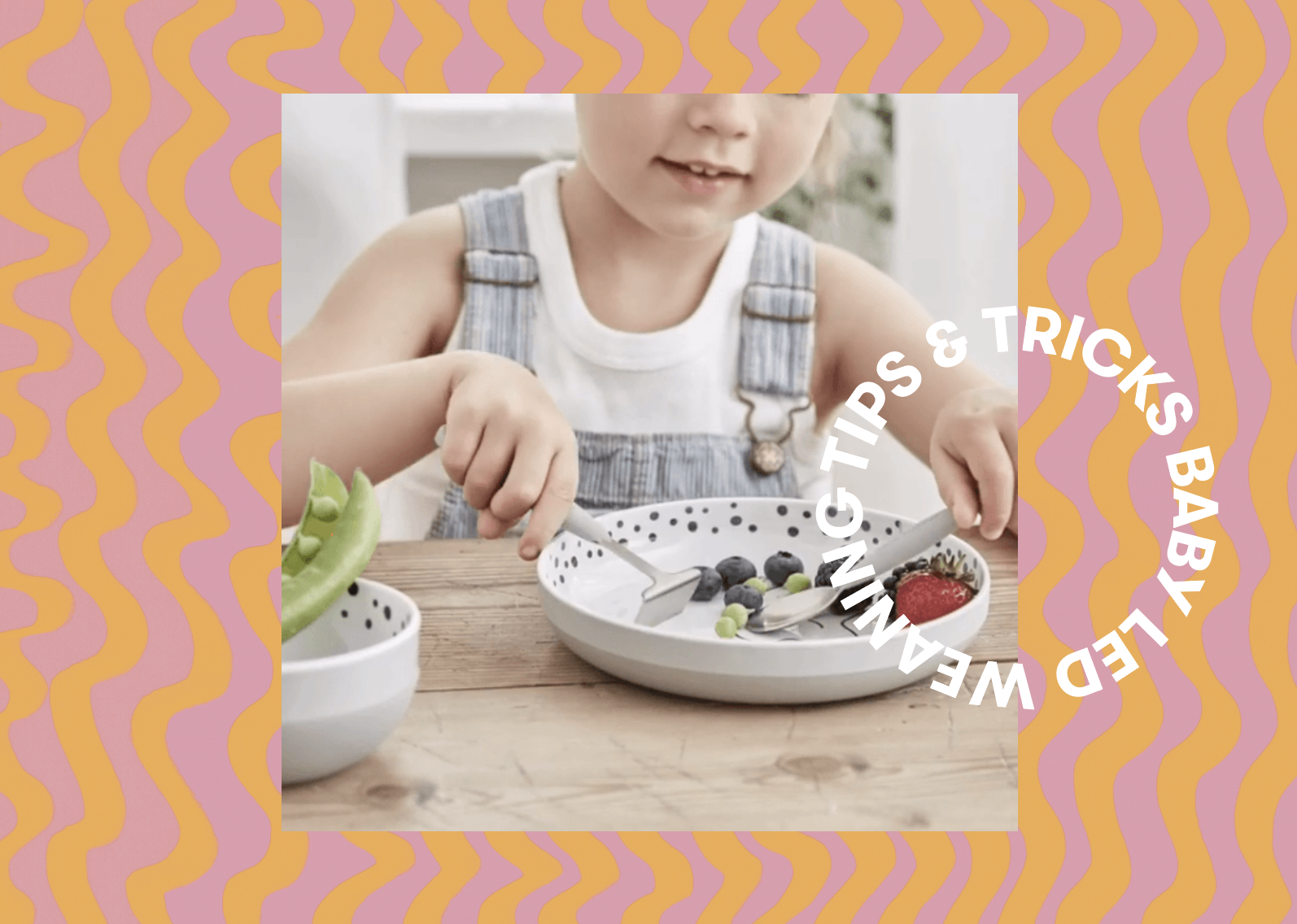
Post comment